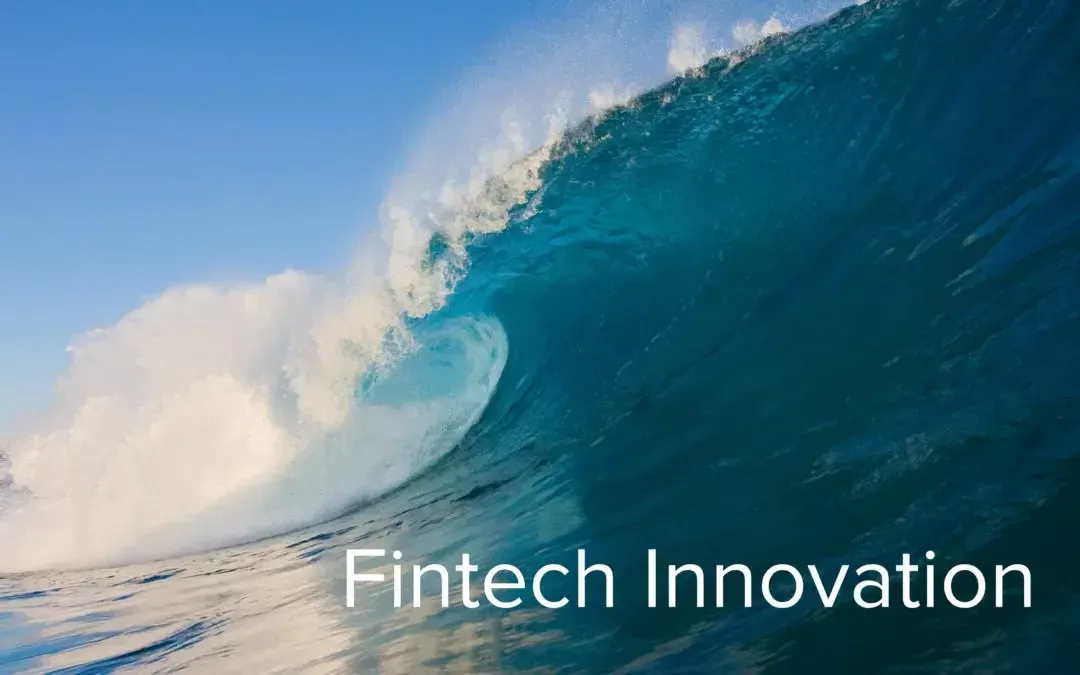In October 2018, MoneyLIVE and the Chartered Banker Institute conducted a survey on over 600 senior figures across the banking sector. The report based on the survey talked about how the emergence of new and progressive startups is challenging traditional banking institutions. It offered many great findings on how the market is changing and what’s going to be its future.
According to the survey, “81% believe that the consumer is driven less by trust in large institutions and more by convenience and quality of experience.”
While customers still trust and engage with big traditional banks for their financial requirements, the emergence of Fintech startups has shaken up the status quo of the current banking sector. As Fintech solutions disrupt the finance sector, the nature of Fintech is evolving too. The evolution of Fintech can be viewed as three ‘waves’, and the wave we are in is considered to be the second. These three waves show how the Fintech is disrupting traditional banking.
Three waves of Fintech
The first wave of Fintech began after the financial crisis in 2008. The whole banking sector was amidst the crisis, affecting various financial services, including lending. After the crisis, new regulations and changing customer requirements created a new landscape for a league of startups that leverage technologies to offer innovative solutions. Fintech companies entered the market and transformed the lending sector with the introduction of peer-to-peer (P2P) lending apps. Use of technology, growth in smartphones, and added convenience helped them to gain traction.
Read more: How will Open Banking impact the market for lending
The second wave of Fintech is now sweeping the industry and changing the banking as we know it. Fintech companies are using financial data and technology to offer solutions that are fast, convenient, and transparent. Tech giants, including Google, Amazon, Facebook, Apple (GAFA) and Baidu, Alibaba, Tencent (BAT) have entered the market to leverage new opportunities. The wave has also marked the implementation PSD2 directive in Europe. It requires banks to open up their APIs to share data with regulated third-party providers to provide account information and make payments on customer’s behalf.
This has also led traditional banks like JP Morgan and Wells Fargo to launch digital services to seize opportunities the market has to offer. Major banks have started to collaborate with Fintech firms to strengthen their services, customer base, and their position in the market.
The third wave of Fintech will be focused on the future of partnerships between banks and Fintech firms. In fact, this third wave is already happening, as an increasing number of Fintech startups are aiming to partner with traditional players. Traditional banks and financial institutions can offer a large customer base and vast database they have already built. In return, Fintech startups can provide technology and innovation to develop better products and services. Such partnerships will enable the development of better financial services while keeping customer needs as the focal point.
Summing up
With the finance industry rapidly adopting technology, we believe a ton of possibilities lies ahead. We are at the starting block in terms of what can be achieved in the coming years. It would be interesting to see how banks and Fintech firms collaborate to offer innovative solutions as the third wave unfolds.




